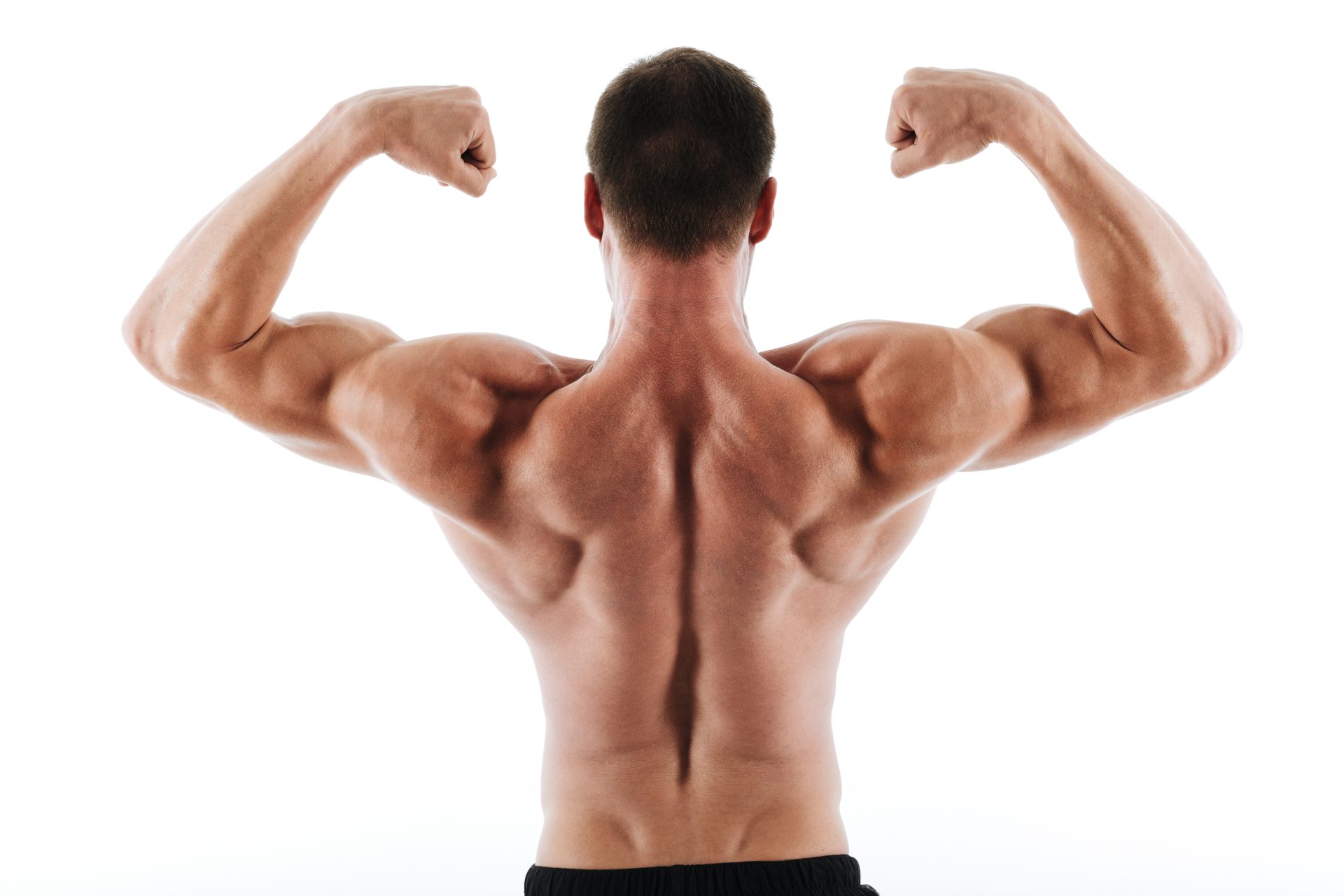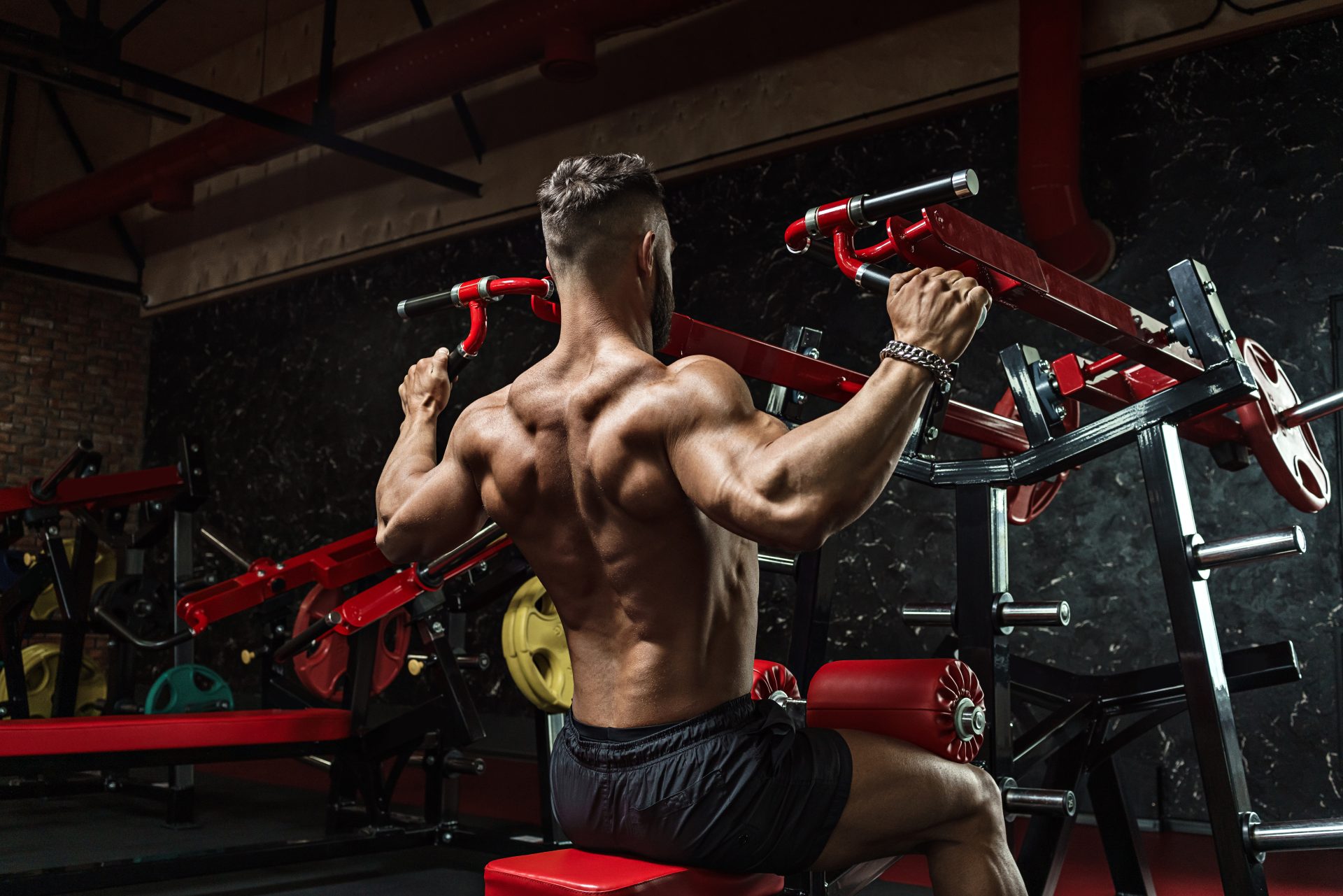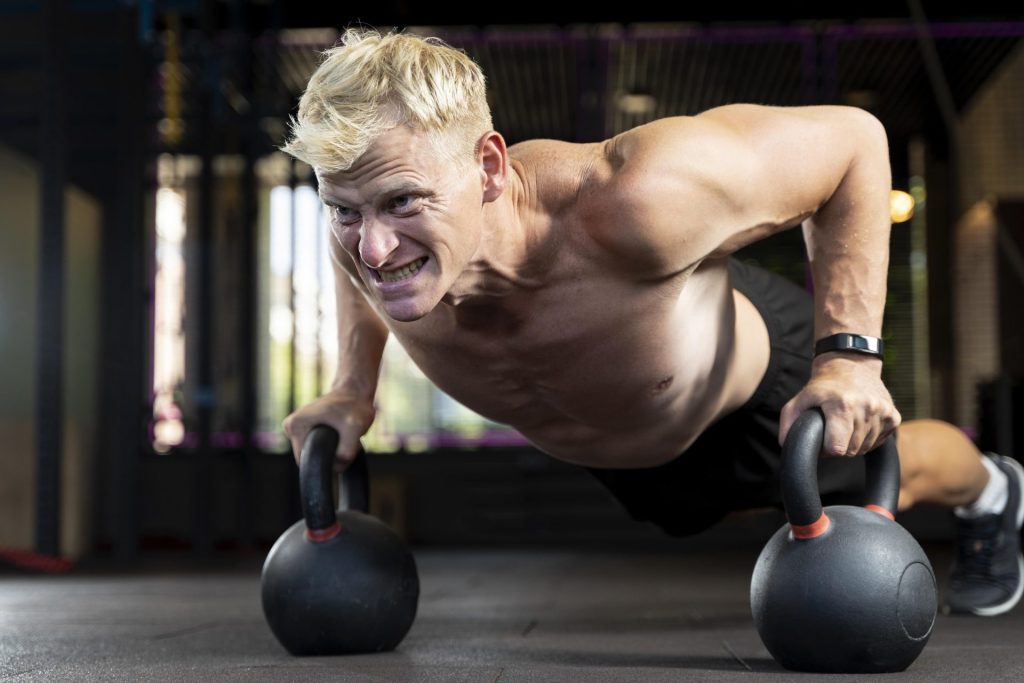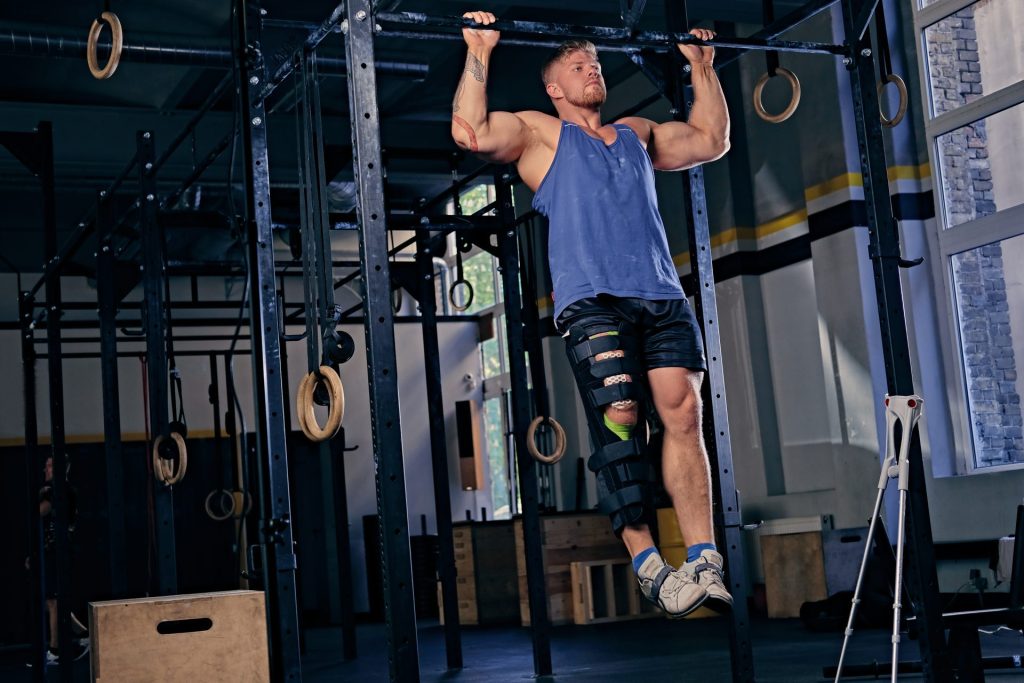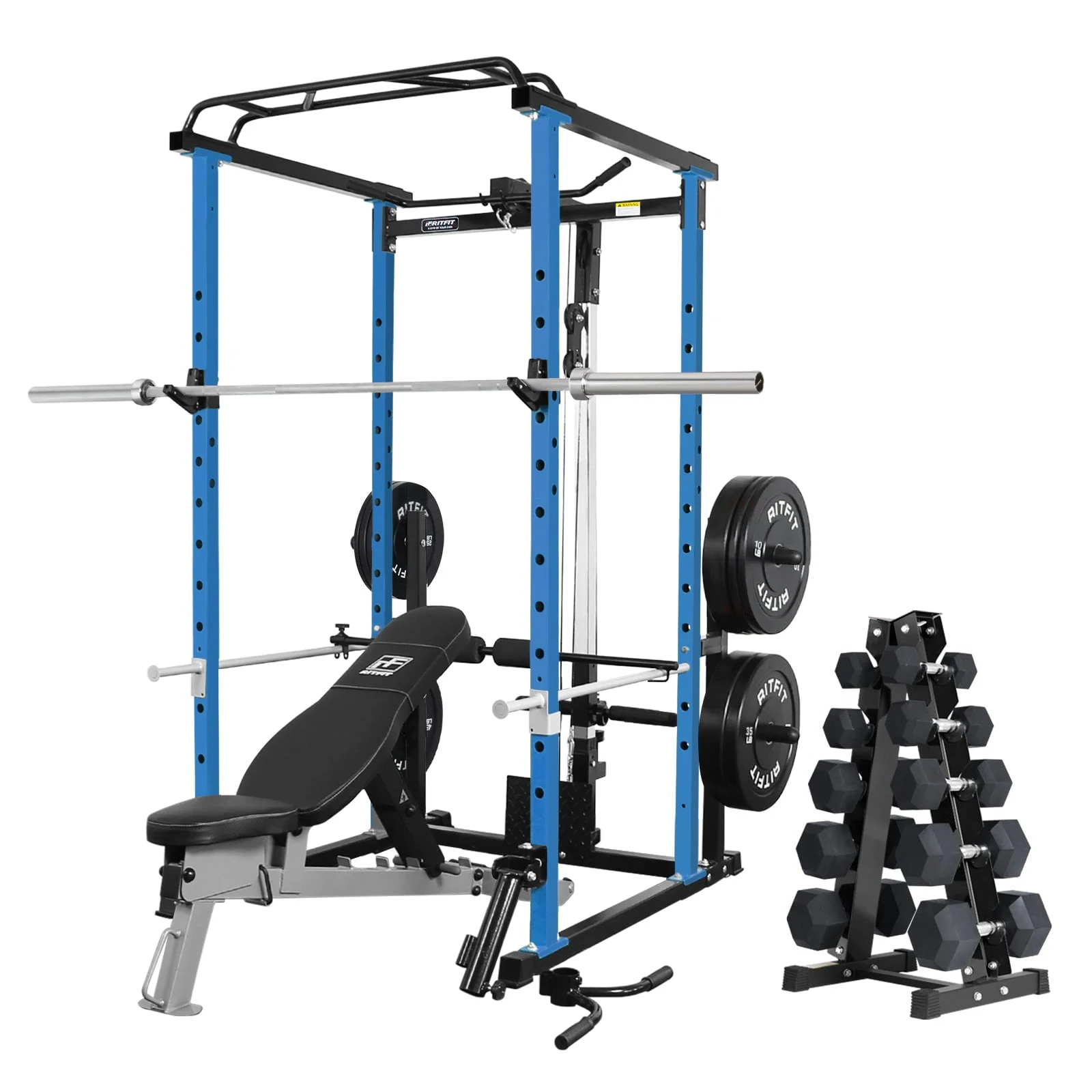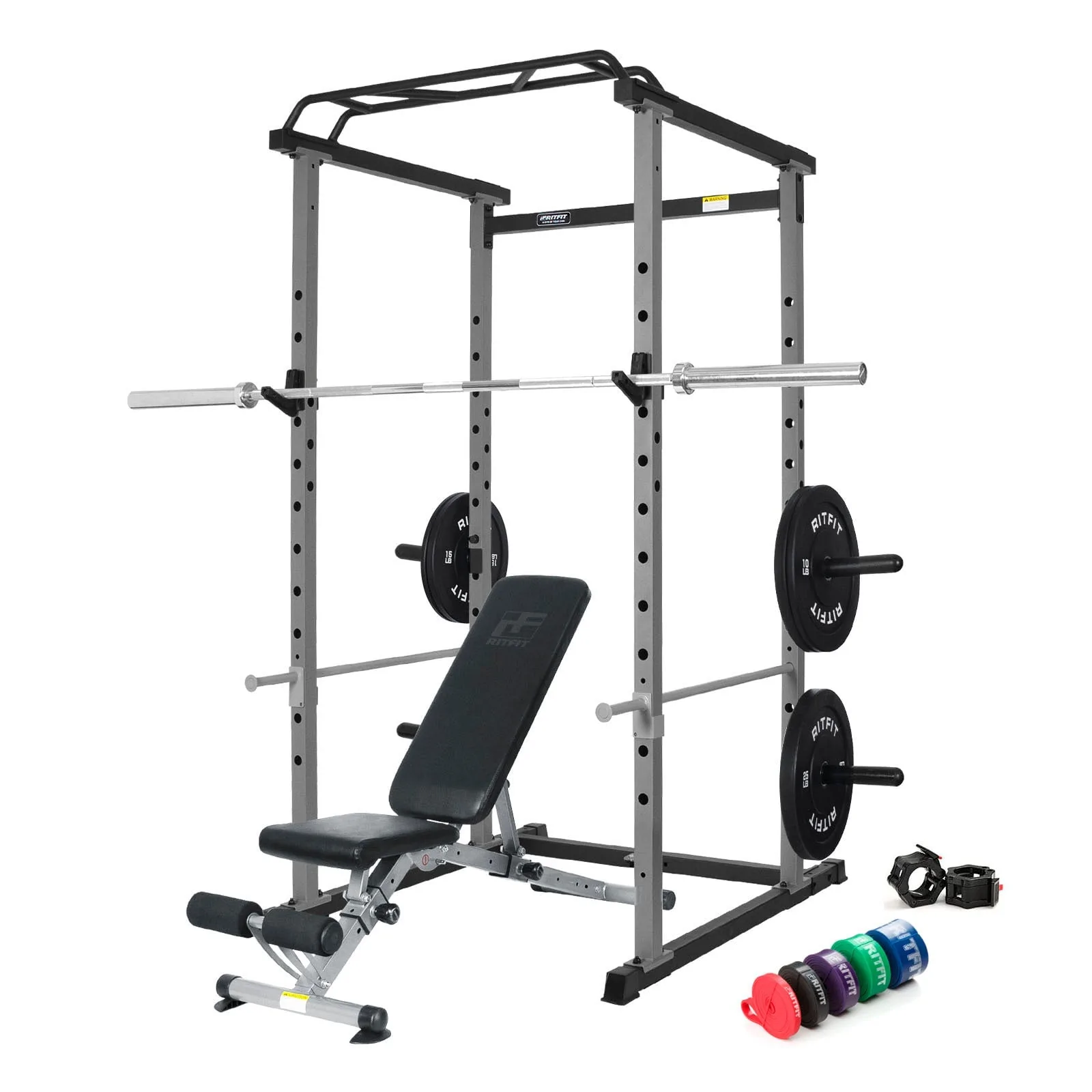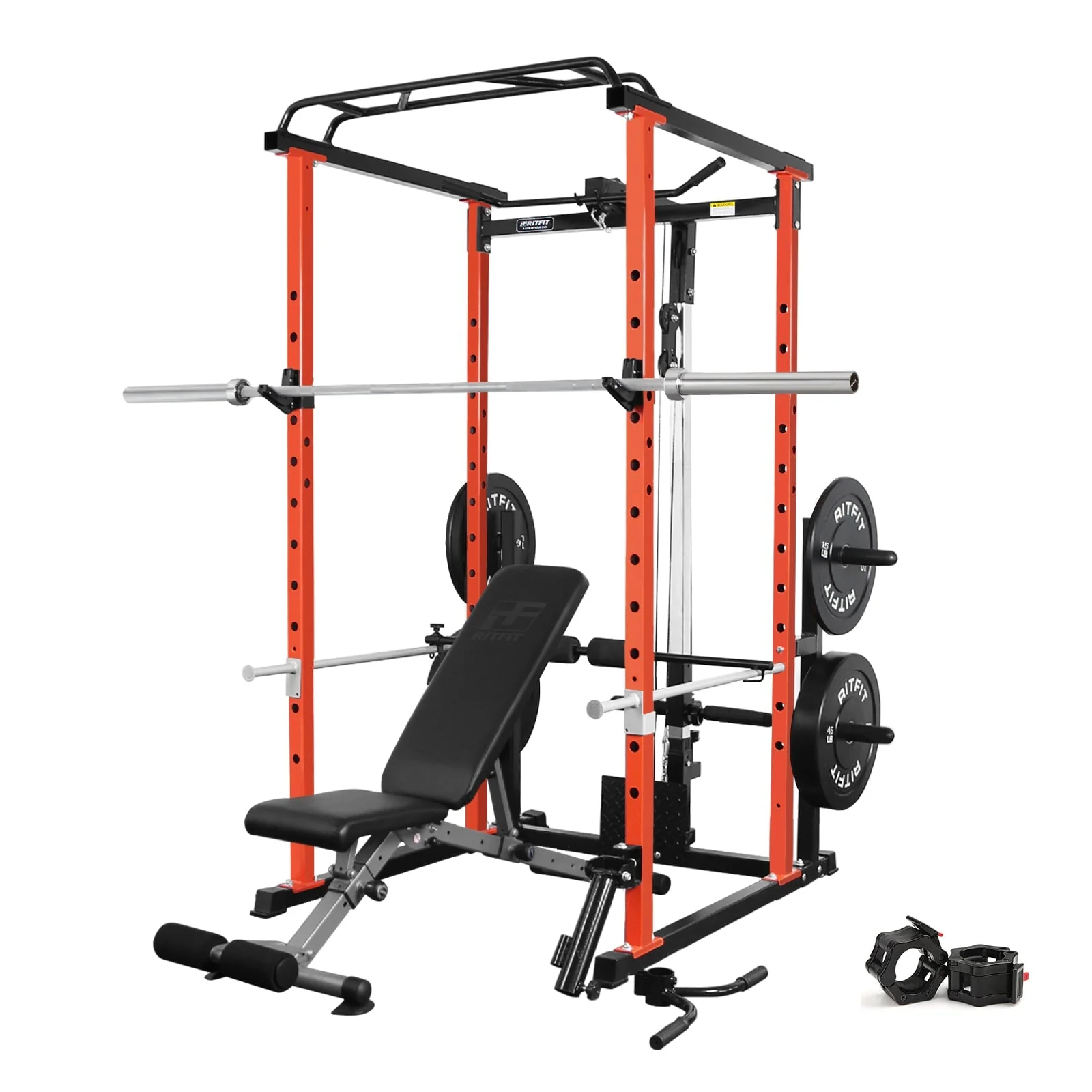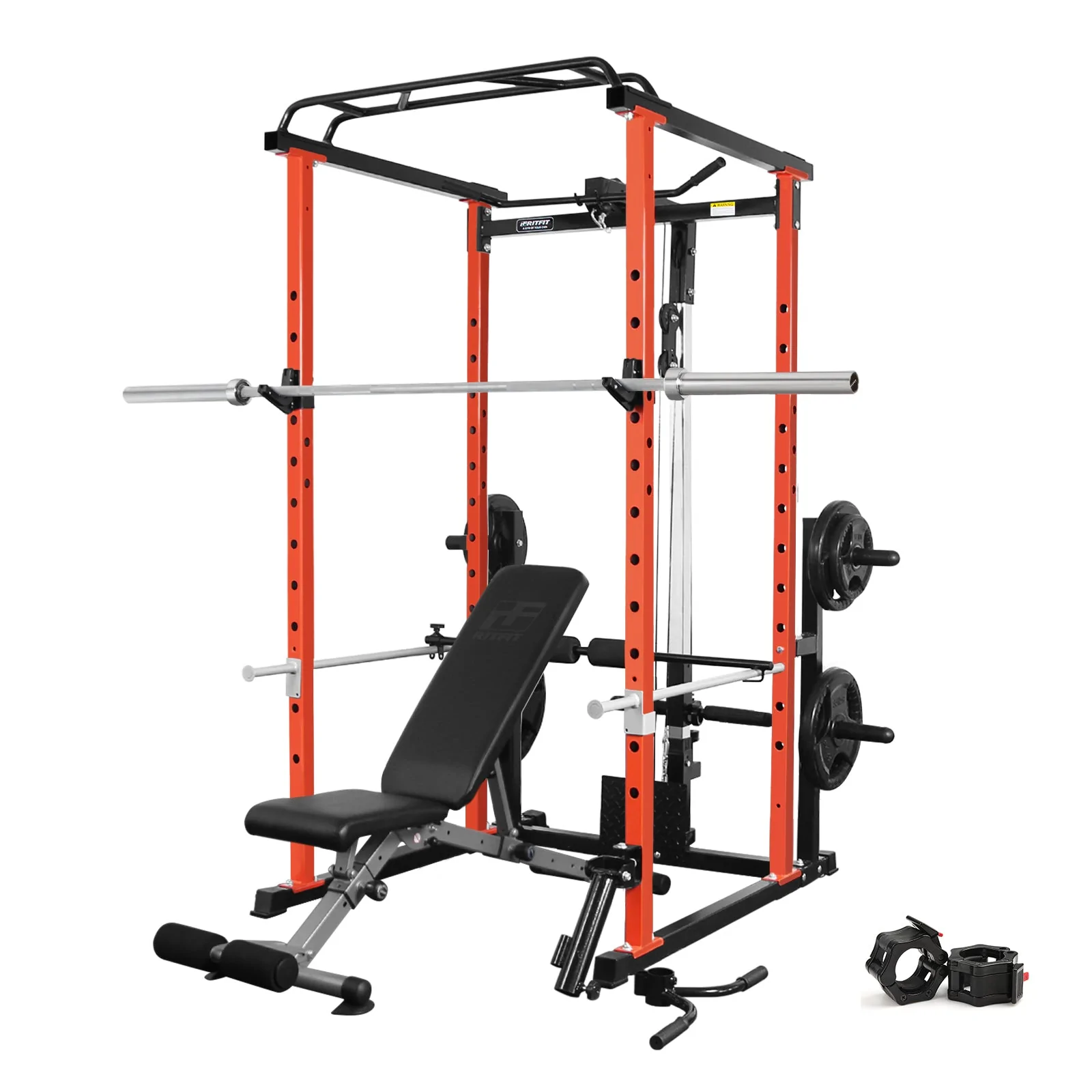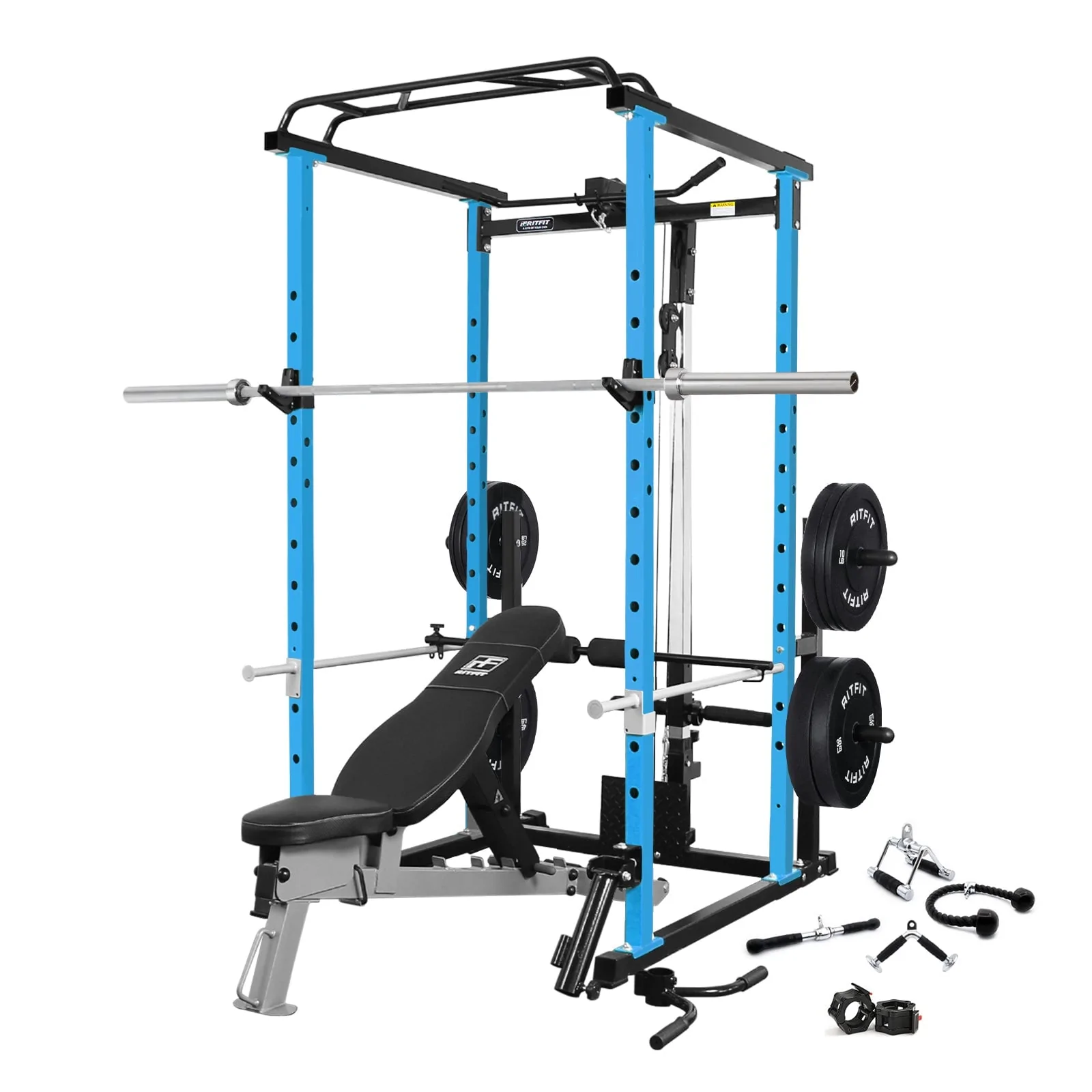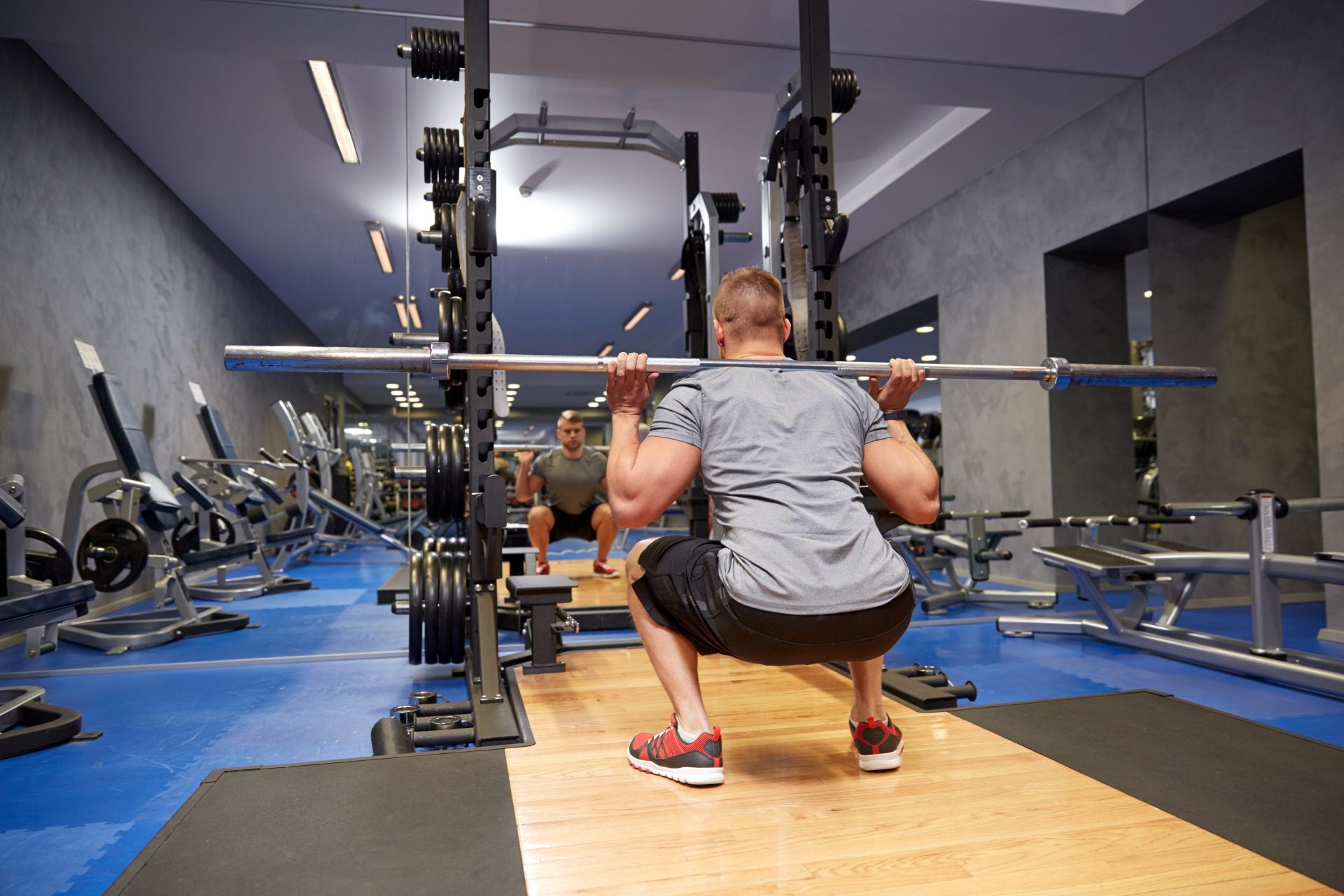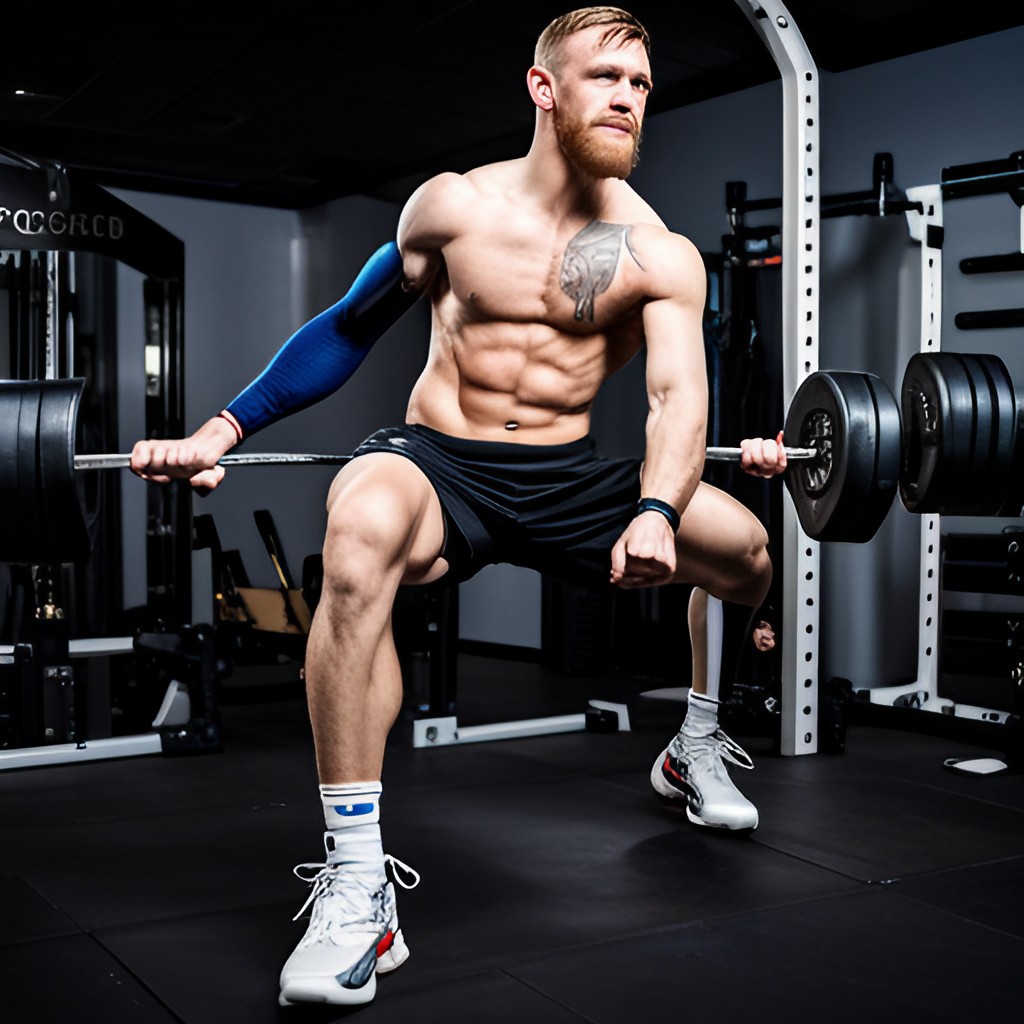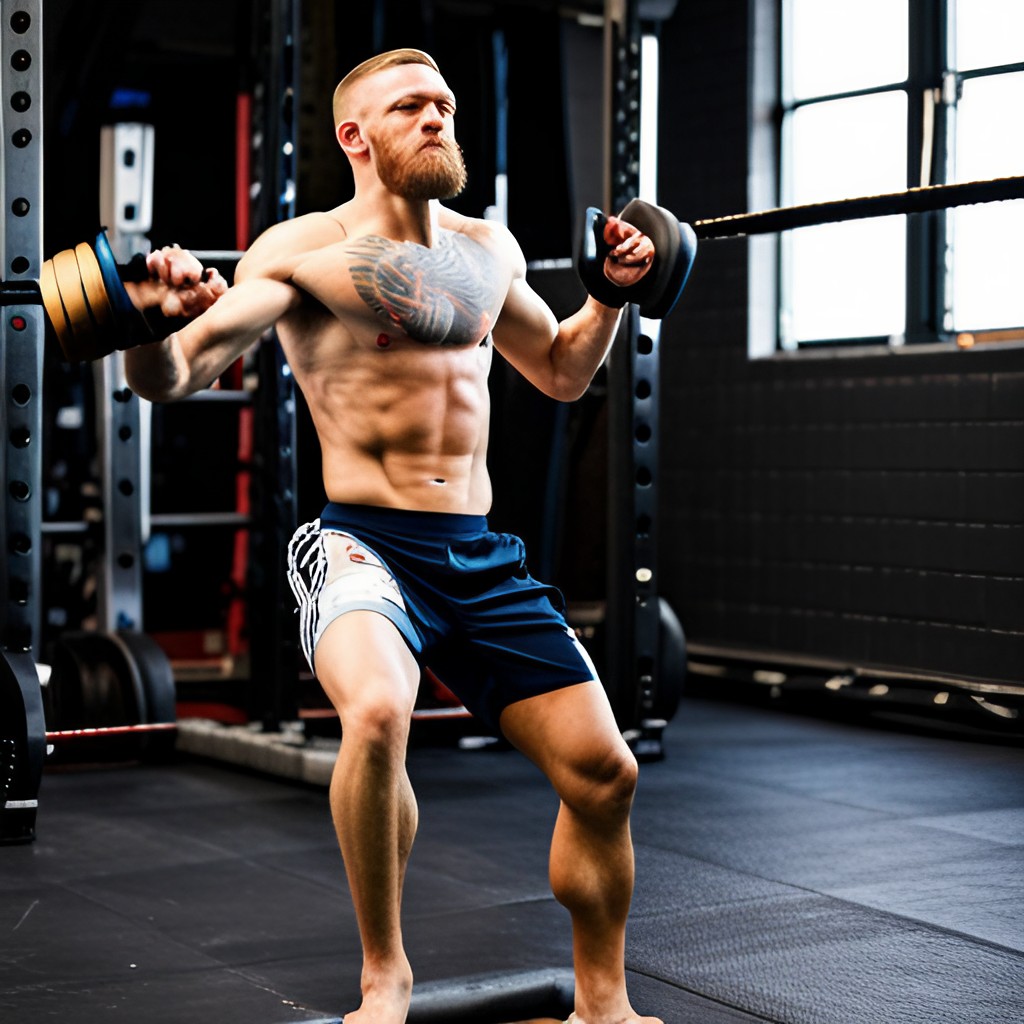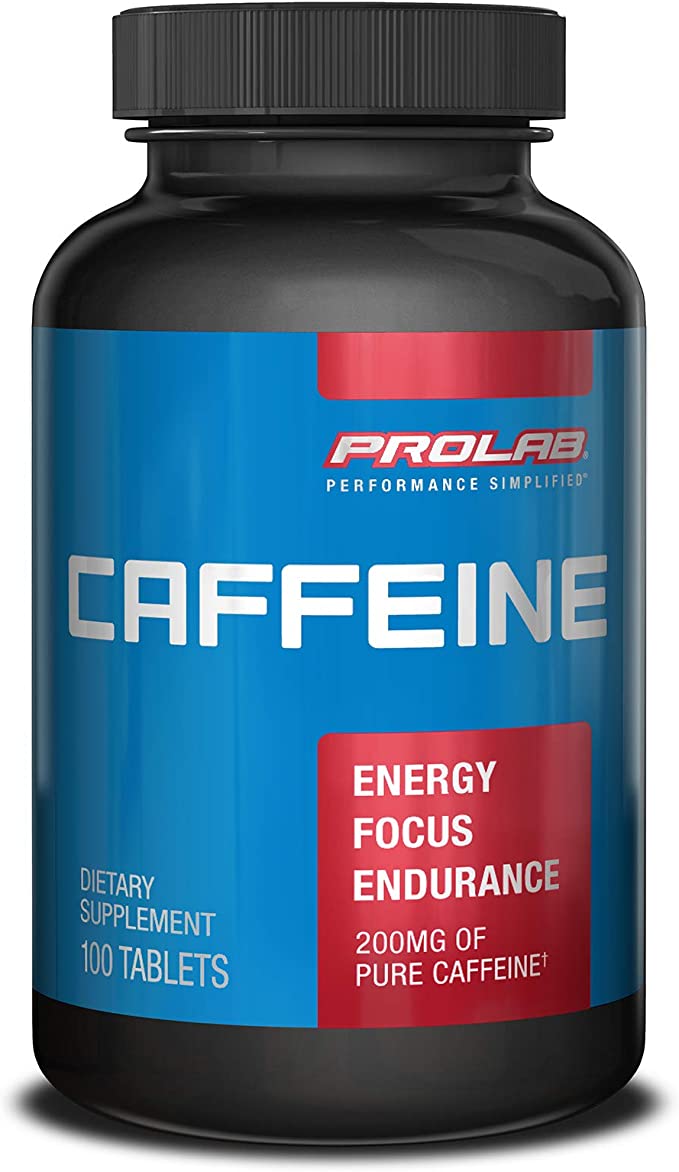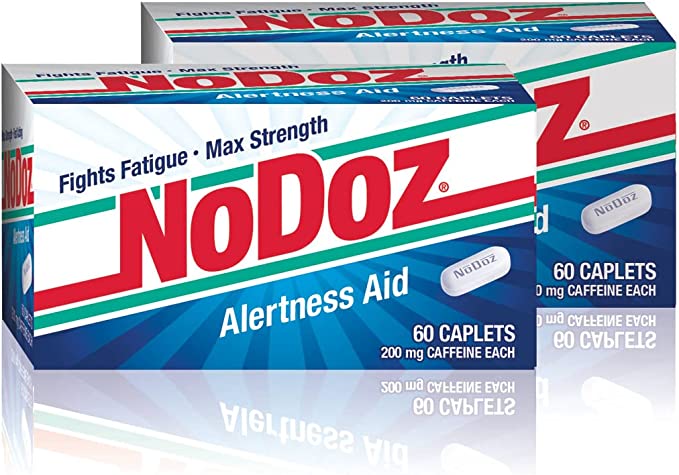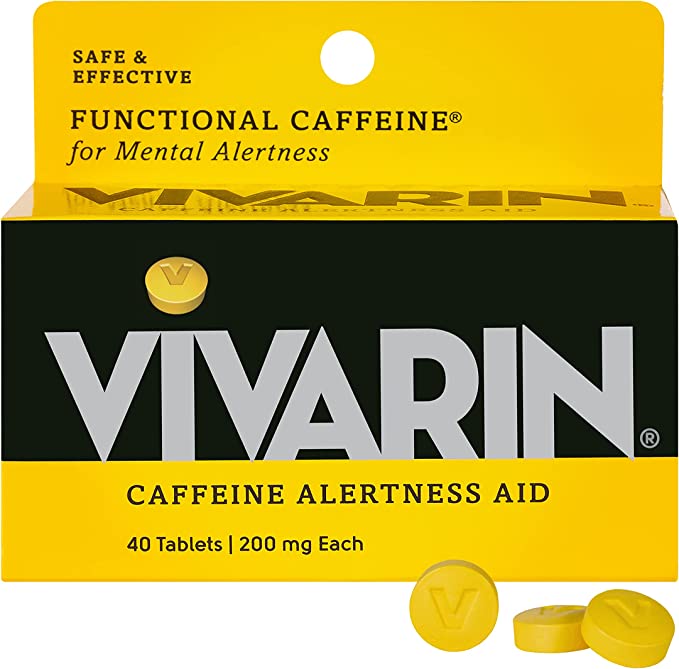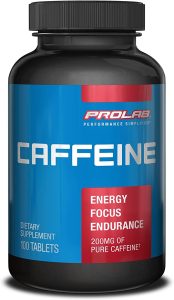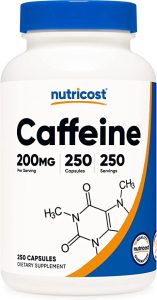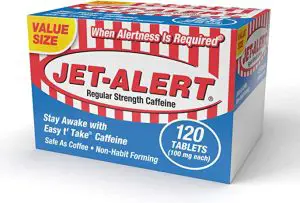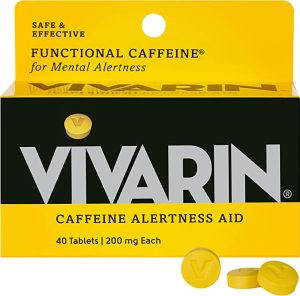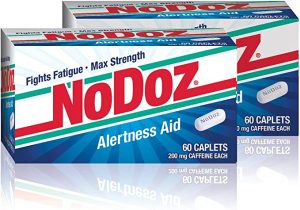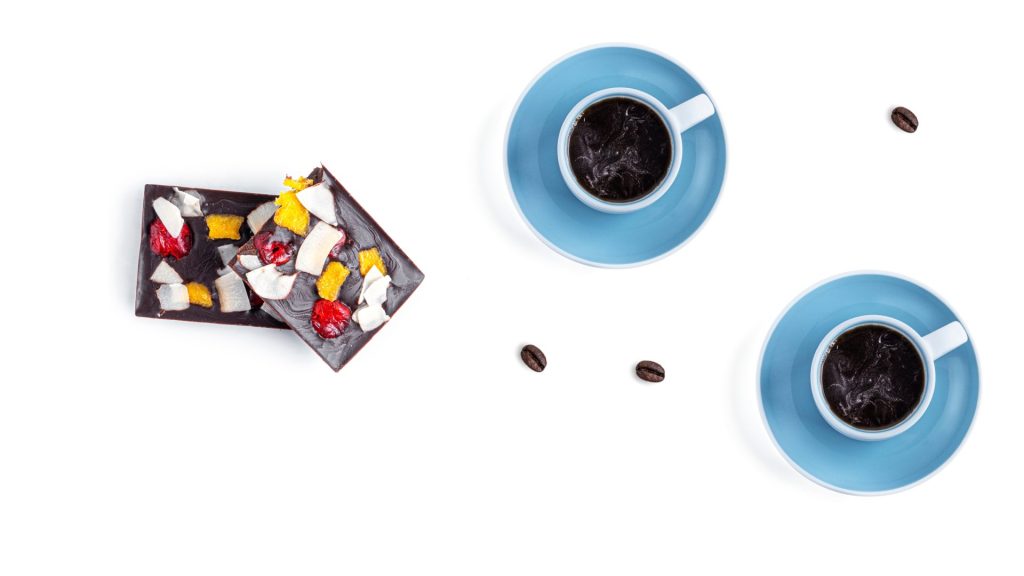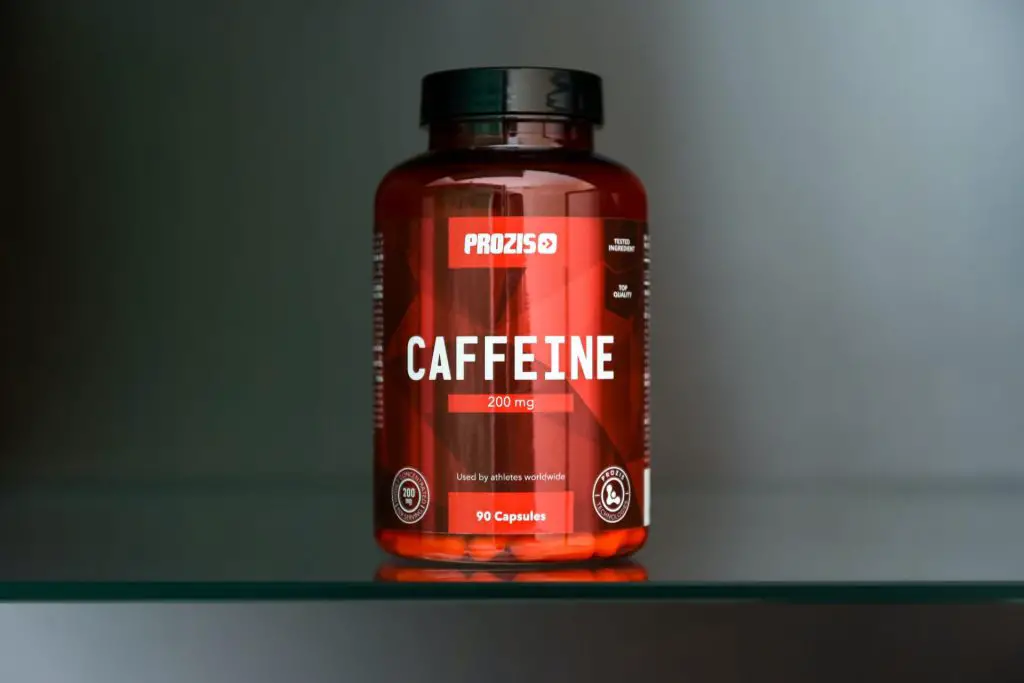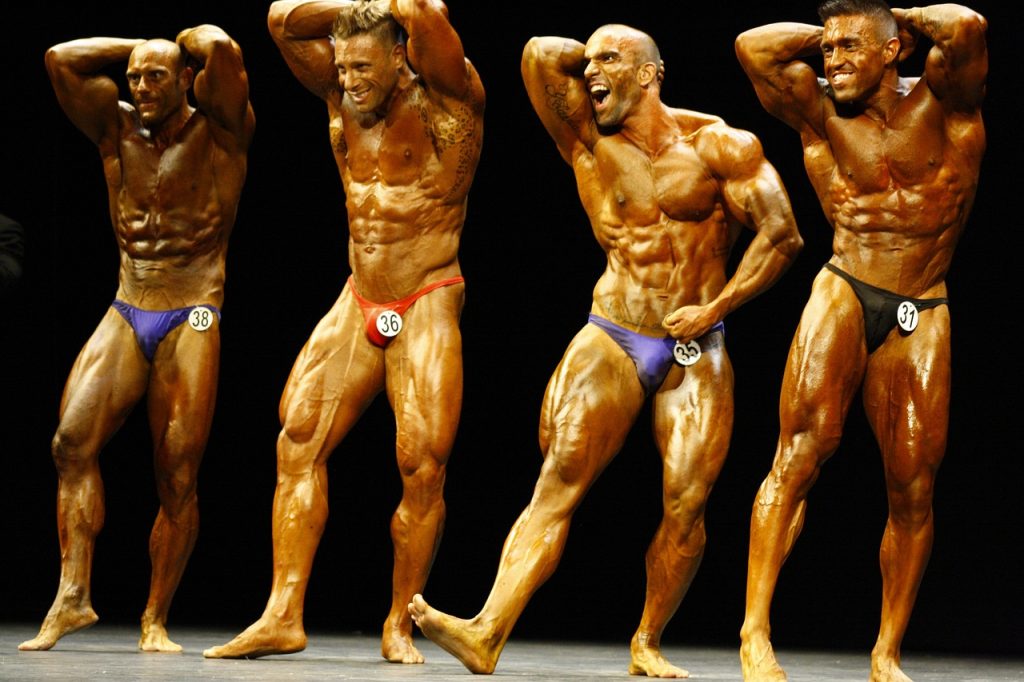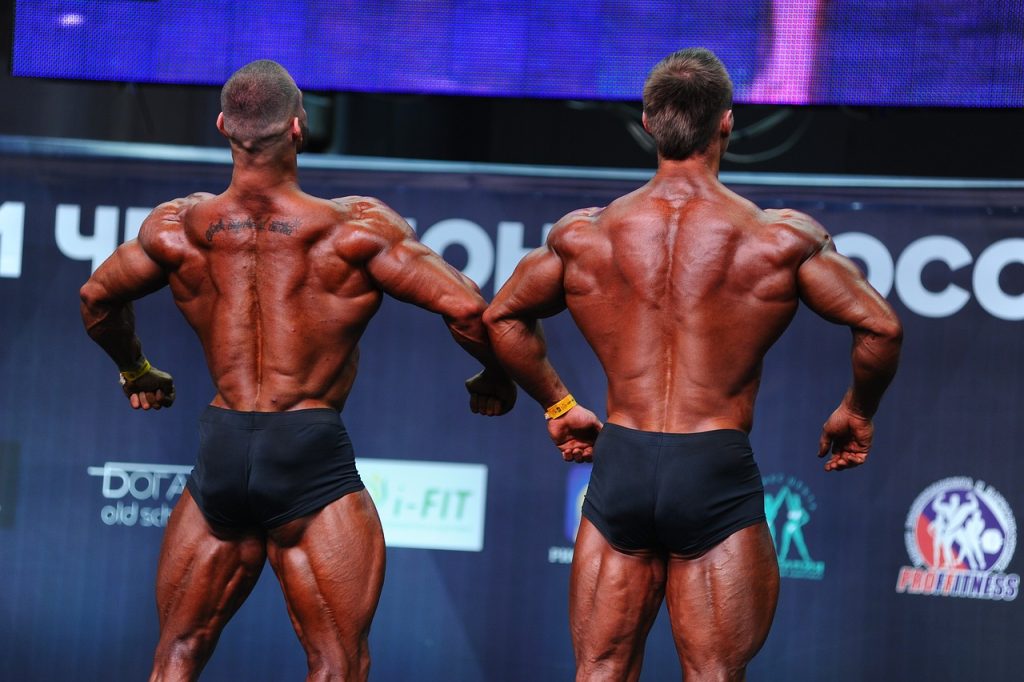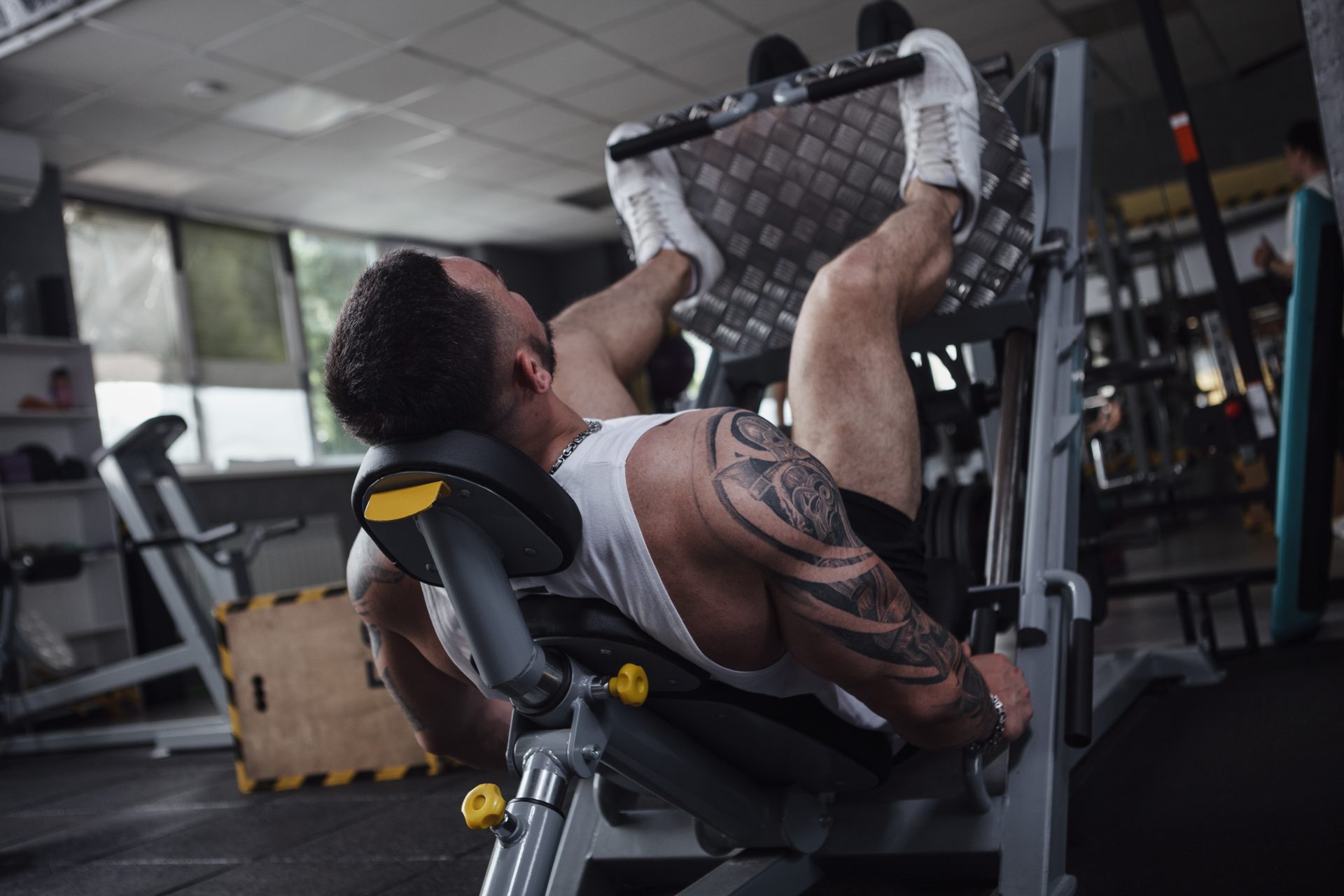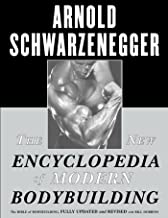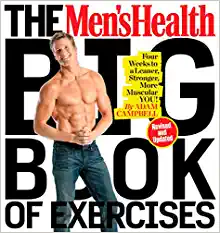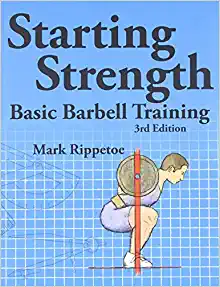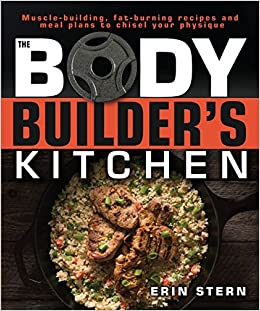David Goggins has captivated audiences with his extraordinary accomplishments and inspirational story. But have you ever wondered how old this incredible man is? Many people are curious about his age, considering all that he has achieved.
David Goggins is a retired Navy SEAL, ultramarathon runner, and motivational speaker. He has reached incredible milestones in his life, pushing himself to the limits both mentally and physically. His incredible feats have inspired countless individuals around the world.
While age is just a number, knowing how old David Goggins is can shed light on the timeline of his achievements and provide insight into the challenges he has overcome. Let’s delve into the age of this remarkable individual and explore how he has defied expectations at every stage of his life.
Contents
David Goggins: A Remarkable Journey Of Resilience And Achievement
David Goggins was born on February 17, 1975, in Williamsville, New York. His childhood was marked by adversity, as he and his family endured frequent abuse at the hands of his father.
The family worked together at a roller skating rink owned by his father, where Goggins started working at the age of six. His father’s abusive behavior took a toll on their lives, but his mother eventually made the courageous decision to escape with Goggins and his brother.
Goggins’ passion for endurance sports led him to participate in various ultramarathons and triathlons. Notable among his achievements is his participation in the Badwater Ultramarathon, where he achieved top-five finishes in nine out of 14 races over two years. He also set a course record at the 48-hour national championships, covering a distance of 203.5 miles.
One of his most notable accomplishments is winning the world record for the most pull-ups completed within 24 hours. This feat showcases Goggins’ physical and mental strength, as well as his unwavering determination to succeed.
Goggins’ exceptional accomplishments have garnered recognition and accolades. In 2004, he graduated from Army Ranger School and received the “Enlisted Honor Man” award. He was also chosen as a “Hero of Running” by Runner’s World in 2008. Furthermore, Goggins was inducted into the International Sports Hall of Fame in 2019 and received the VFW Americanism Award in 2018 for his service in the United States Armed Forces.
Relationship And Net Worth
Goggins got married to Aleeza Goggins in 2005, but unfortunately, they got divorced in 2012. The details about their relationship and subsequent separation are not provided in the available information. His net worth is estimated to be around $2.5 million. His various endeavors, including his successful career as a motivational speaker and author, have contributed to his financial success.
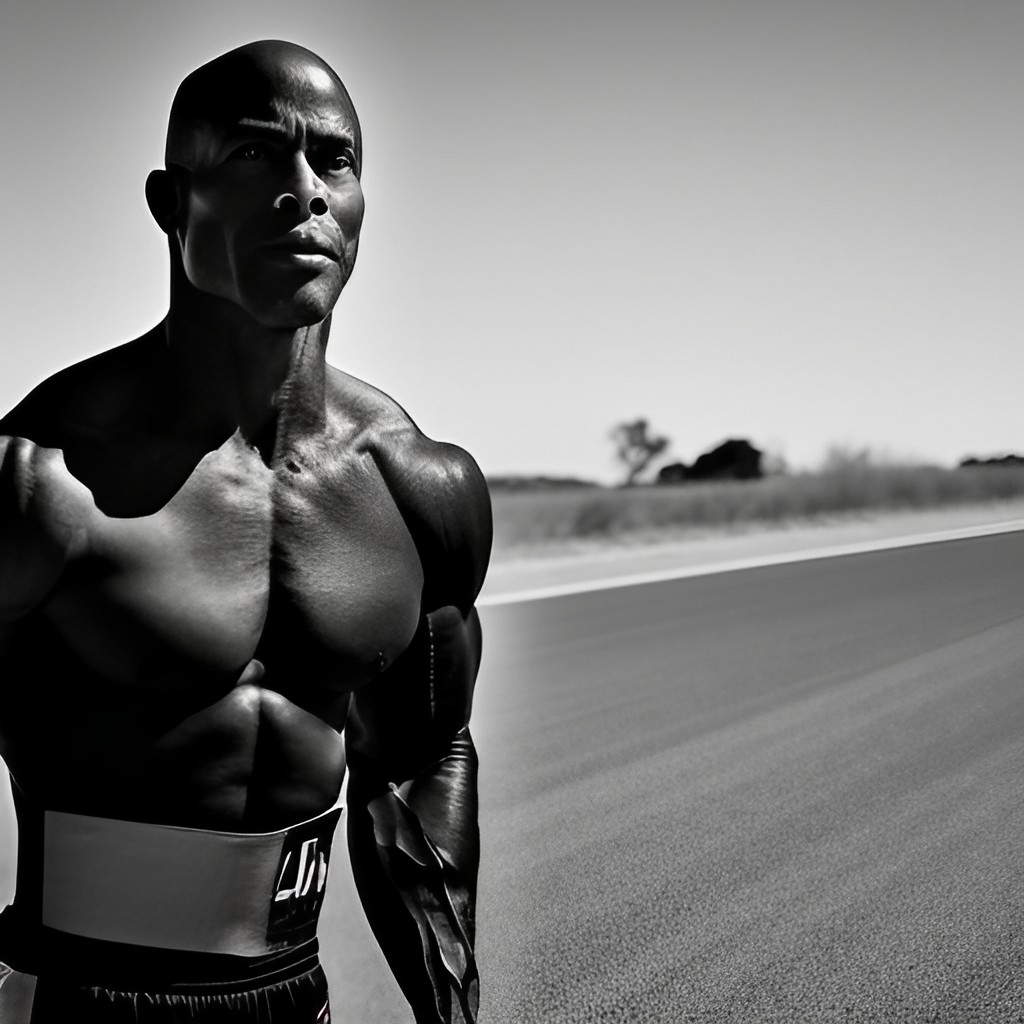
Despite facing poverty, academic and social problems, and racism during his teenage years, Goggins had always aspired to join the Air Force. However, when he initially attempted to join, he failed the ASVAB test. This setback became a turning point for him as he became determined to change and better himself.
Following his failure with the Air Force, Goggins joined the Air Force Tactical Air Control Party after completing training. However, he had to drop out due to sickle cell anemia. Undeterred, Goggins pursued his dream of becoming a Navy SEAL at the age of 24, even though he faced challenges such as weight gain and age.
However, enlisting as a SEAL required him to complete an incredibly demanding training program. Despite facing initial resistance, he remained resolute in pursuing his goal. He knew he had to meet the strict physical fitness requirements and lose a staggering 106 pounds before he could even apply for SEAL training.
Endurance And Mental Fortitude:
To apply for SEAL training, Goggins had to meet strict physical fitness requirements. Moreover, he also had to lose an astonishing 106 pounds to meet these standards. He underwent extensive training, including the grueling Hell Week, a 130-hour continuous challenge.
Even though he faced obstacles along the way, such as pneumonia and stress fractures, Goggins persisted and attempted Hell Week three times until he completed it successfully. His transformation can be attributed to his relentless mindset, remaining focused and obsessed with reaching his goals.
David Goggins And Operation Red Wings
Goggins actively participated in Operation Red Wings, which gained significant attention after the release of the book and movie adaptation, “Lone Survivor.” This operation aimed to capture or kill a high-ranking Taliban leader, but tragically, it resulted in the loss of several American lives. Goggins’ involvement showcased his commitment to serving his country and risking his life for the greater good.
In recognition of his military service, Goggins has received over 15 awards and decorations, highlighting his dedication and commitment to serving his country.
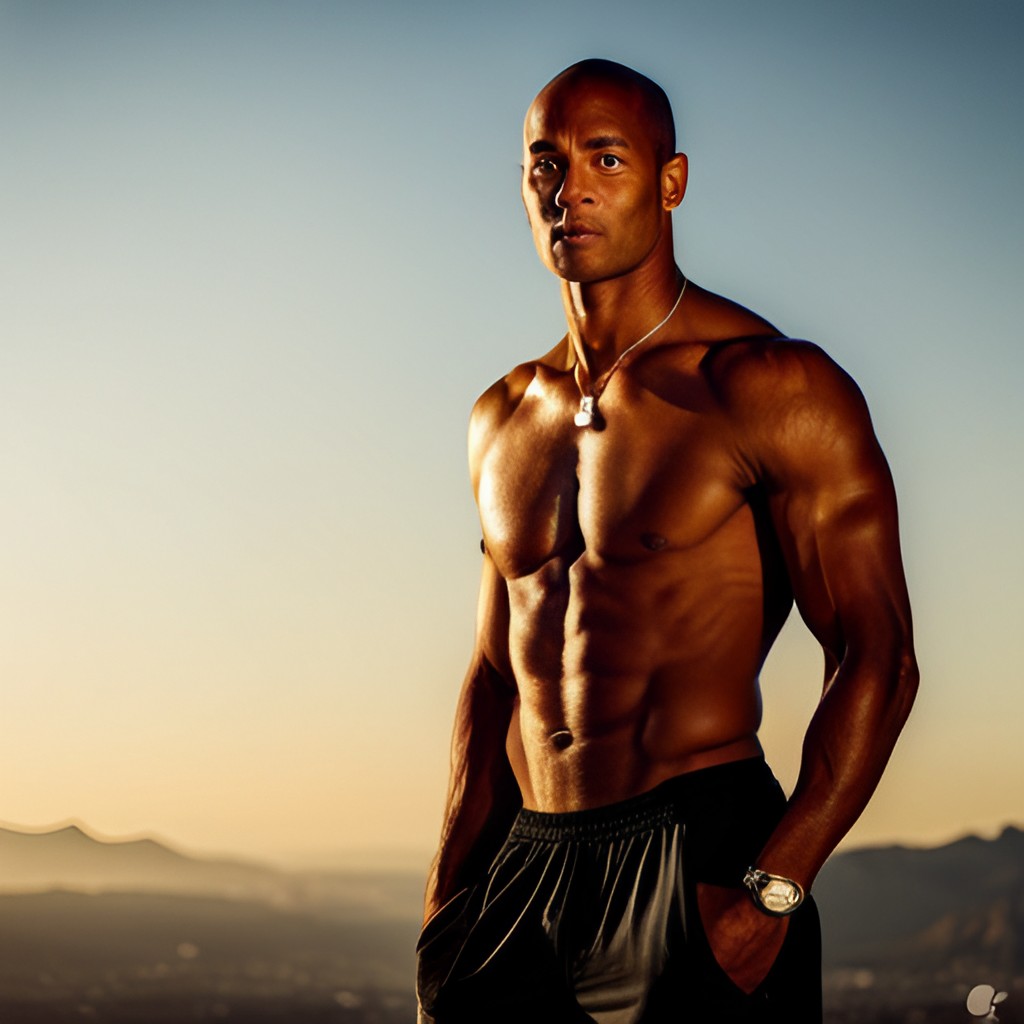
David Goggins’ Book ‘Can’t Hurt Me’
In 2018, Goggins released his highly influential memoir, “Can’t Hurt Me: Master Your Mind and Defy the Odds.” The book details his journey of healing from a troubled childhood through self-discipline and athletic accomplishments. He believes that most humans only tap into 40% of their potential and encourages readers to push their limits and strive for greatness.
The book has received praise from readers, with a rating of 4.36 out of 5 stars on Goodreads and nearly 180,000 ratings. Readers admire Goggins’ determination, drive, and willpower, finding inspiration in his story. However, some critics have pointed out what they perceive as Goggins’ extremism, machismo, and the need to dominate and prove himself.
Conclusion
At 48 years old, David Goggins continues to inspire others through his accomplishments and motivational speeches. As a runner, he undoubtedly serves as a role model for aspiring athletes and individuals seeking to overcome their own personal challenges. Goggins’ story is a testament to the power of perseverance, self-belief, and the ability to push beyond one’s limits. His commitment to personal growth and overcoming obstacles is a testament to the power of the human spirit.
As an Aquarius, Goggins embodies the traits associated with this astrological sign, such as independence, determination, and an unyielding drive to succeed. These qualities have undoubtedly played a significant role in shaping his journey and accomplishments.



